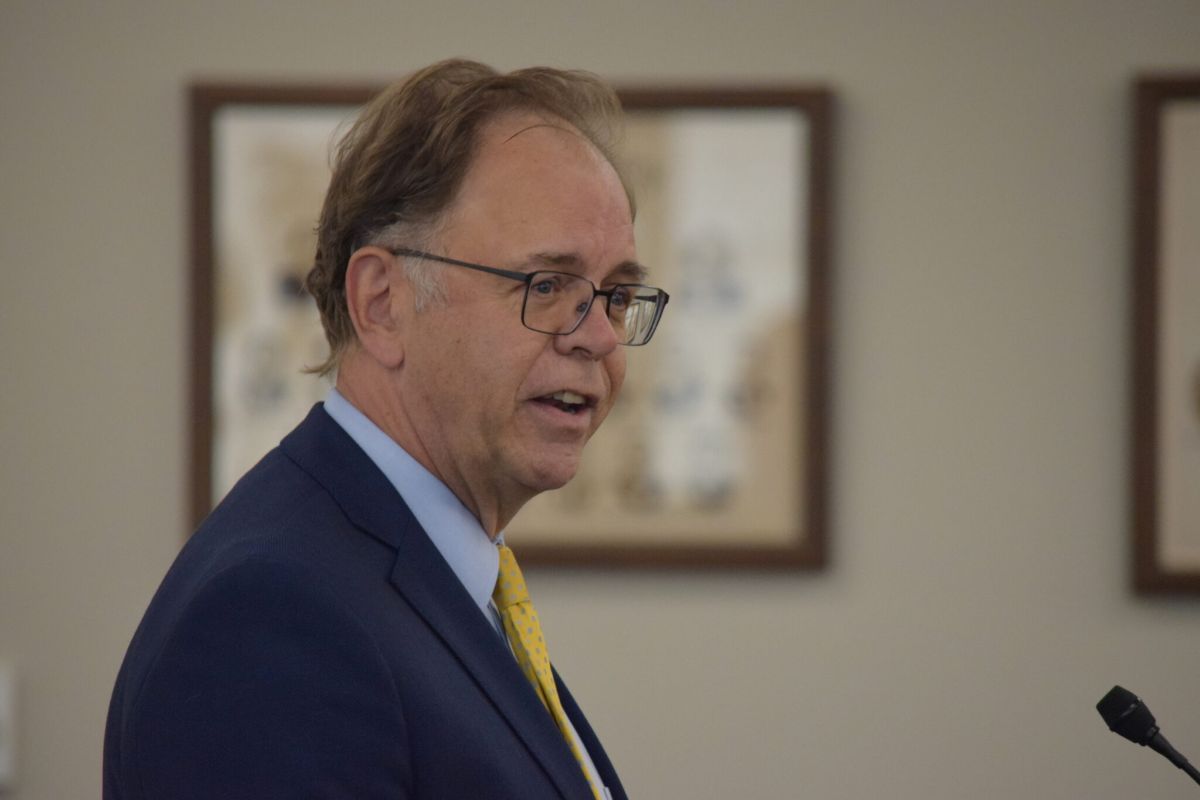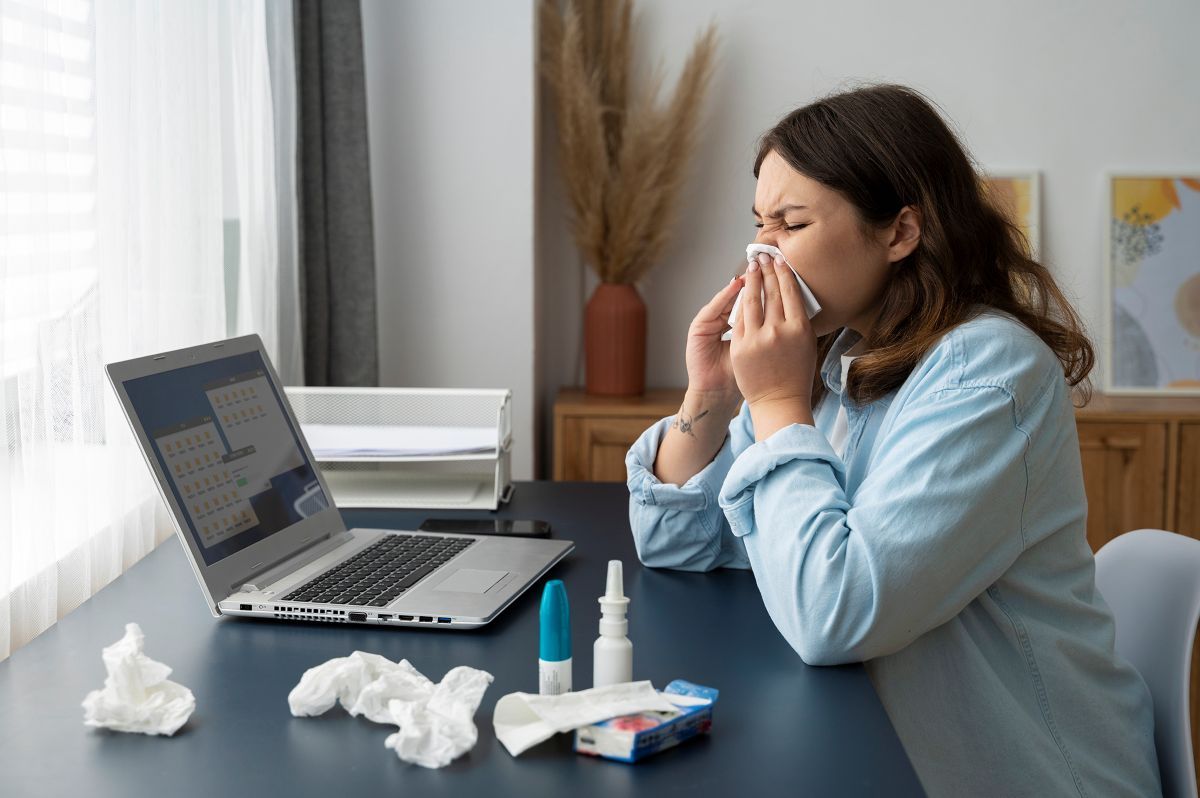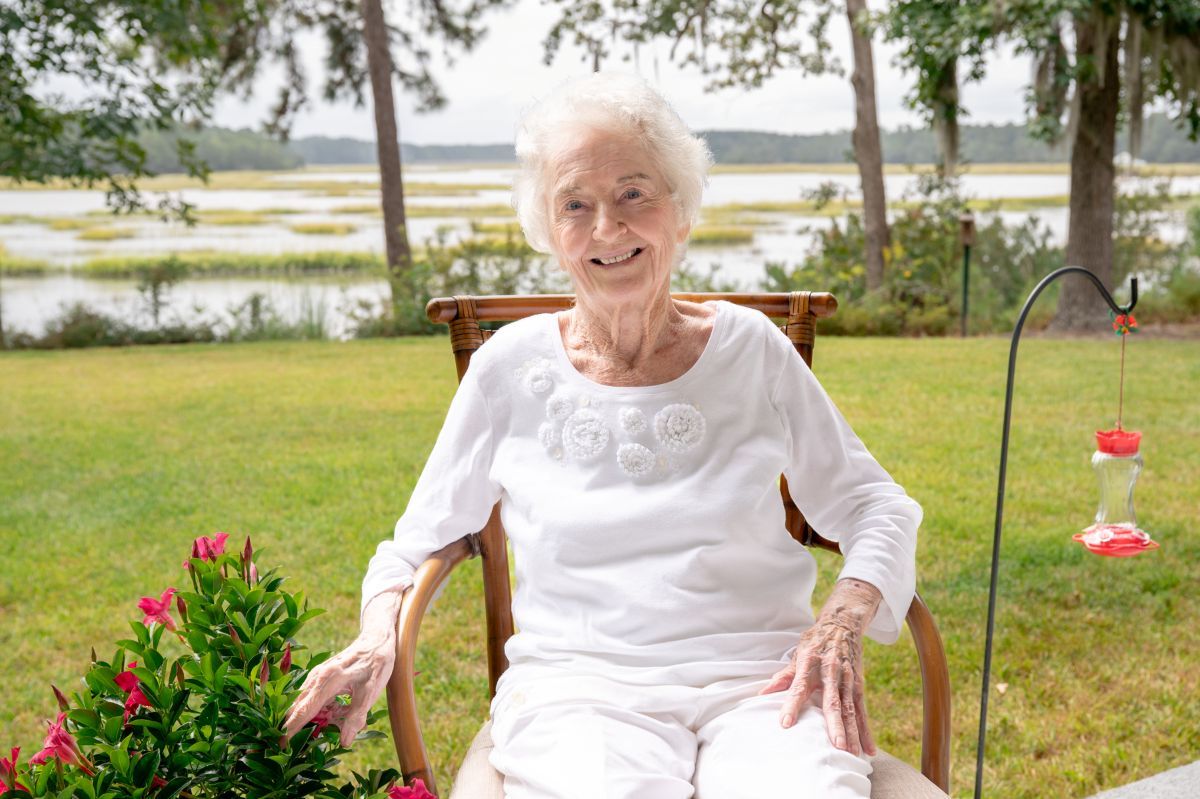By Jack O’Toole
StatehouseReport.com
As a measles outbreak continues to spread in Spartanburg County despite quarantines, public health experts are warning South Carolina parents that children in every region of the state are at risk for diseases once thought eradicated. The reason: Falling vaccination rates.
Records collected annually by public and private schools show the state’s vaccination rate fell from 95.5% in 2020 to 93.5% in 2025 — a full point-and-a-half below the 95% “herd immunity” rate associated with prevention of outbreaks. Over the same period, the number of students with religious exemptions from state childhood vaccine requirements has grown from 12,545 to 27,730, or about 3.3% of the statewide school population.
Even more concerning, doctors say, are individual pockets where local vaccination rates have fallen even further, with counties like Horry, Edgefield, Richland and Charleston now a full 3 to 6 percentage points below the needed 95%.
S.C. Department of Public Health (DPH) officials tell Statehouse Report they’re working at community levels in “high hesitancy” areas to overcome obstacles including access, transportation and misinformation about the safety of vaccines.
Their message to state residents is simple.
“Vaccines save lives,” DPH spokesperson Casey White said in a Nov. 13 email, noting that vaccines have long been a safe and effective way to protect against deadly childhood diseases. “These diseases historically killed or disabled many people, especially young children, prior to the development of vaccines against them.”
Asked last month about the Upstate measles outbreak, now up to 43 confirmed recent cases, Gov. Henry McMaster stopped short of explicitly recommending vaccination, stressing education efforts instead.
“You give people proper information, full information, and let them make their own decisions,” McMaster told reporters. “And they will make the right one.”
So far, 31 Upstate residents, including six children, have decided to receive free measles vaccinations at mobile clinics launched by DPH on Oct. 16. Speaking to reporters Nov. 12, state epidemiologist Dr. Linda Bell acknowledged that state officials had hoped for “a more robust uptake,” but characterized the numbers as slow progress.
S.C. Senate Minority Leader Brad Hutto, D-Orangeburg, a longtime vaccine proponent on the Senate Medical Affairs Committee, said state leaders needed to do more to encourage vaccinations — particularly as childhood disease outbreaks and vaccine misinformation appear to rise in tandem across the Palmetto State.
“There’s some bad stuff out there that we just take for granted is nearly eliminated because people were getting vaccinated,” Hutto said in a Nov. 14 interview. “This whole vaccination scare is just terrible. People need to know that vaccines are safe and they work.”
Fighting hesitancy, misinformation locally
Since 2020, Charleston County has seen its vaccination rate fall from 94.6% to 92.0% — a drop that Dr. Robert Oliverio, chief medical officer of Roper St. Francis Healthcare, called “concerning” in a Nov. 13 interview.
“The fact that a single person with measles can infect 20 more people means that you have to vaccinate about 95% of the community to keep it from spreading,” Oliverio said, noting that the disease can lead to severe outcomes, including brain damage, in some patients.
“That’s why vaccination rates are so important,” he added.
But to get those numbers up, he said, public health officials have to overcome what he called the “three C’s of vaccine hesitancy” — complacency, confidence and convenience. And it’s the first two that have become the most serious obstacles since the controversy over vaccines during the Covid pandemic, he said.
“We’ve seen complacency regarding these diseases go up and confidence in the public health system go down,” he said, adding that the volume of false and misleading information about vaccines on the internet is “not helpful.”
“Everybody knows that the sun’s gonna rise at dawn and set at sunset — it’s a shared reality,” he said. “There’s overwhelming evidence that these vaccines work and are safe. This should be a shared reality, too.”
But with bad information so prevalent, Oliverio said, it’s hard for laypeople to make sense of the situation — a problem that Dr. Annie Andrews, a longtime Lowcountry pediatrician now running for the U.S. Senate as a Democrat, said she sees in her own practice.
“I have a lot of sympathy for parents who are trying to figure out who to listen to for accurate information,” Andrews said. “And I worry about the long-term impact this will have on the health of South Carolina’s children as vaccination rates continue to go down.”
That’s a problem the Charleston County School District decided to confront directly in 2021 when it became the only district in the state, and one of only a handful across the country, with federal authorization to administer vaccines with parental consent in its schools.
The vaccines are available to students with Medicaid coverage, high-deductible private plans or no insurance at all.
“We have a very receptive community,” said Celeste Dailey, a registered nurse who serves as the district’s immunization coordinator. “So when parents sign a consent form, we’re able to give their children all the vaccines that are needed.”
And the impact, she said, is large and growing.
“Last year, we vaccinated 1,904 students,” she said. “And this year, we’ve already vaccinated 865 students. The number of delinquencies is really going down.”
It’s local efforts like these, with trusted professionals talking directly to parents, that hold the key to turning around the state’s falling vaccination rates, experts say.
“I’ve been giving flu shots recently,” Roper’s Oliverio said. “And sometimes it’s a conversation — but when you show them the evidence, nine times out of ten, patients see the benefits of the vaccine.”








